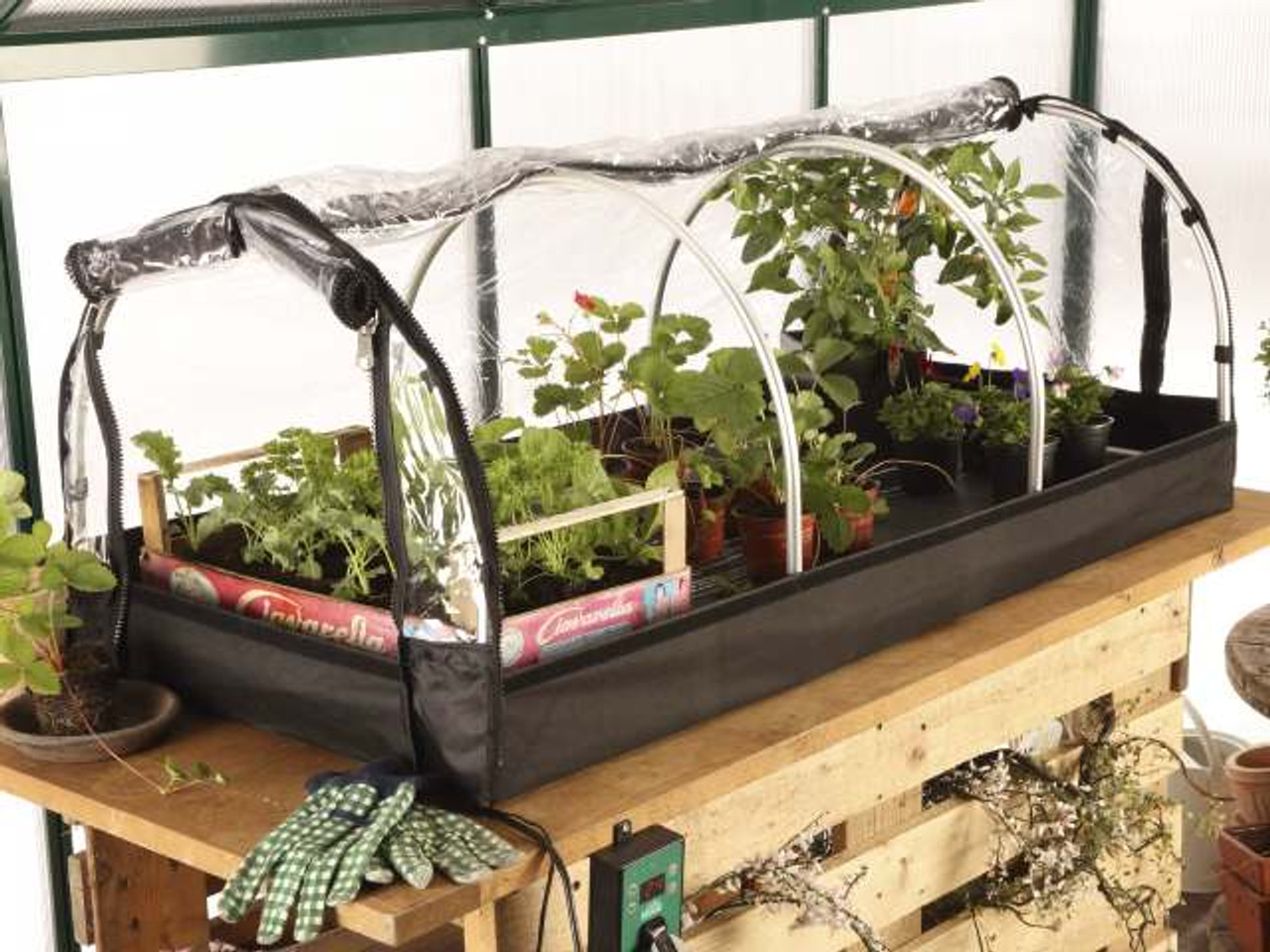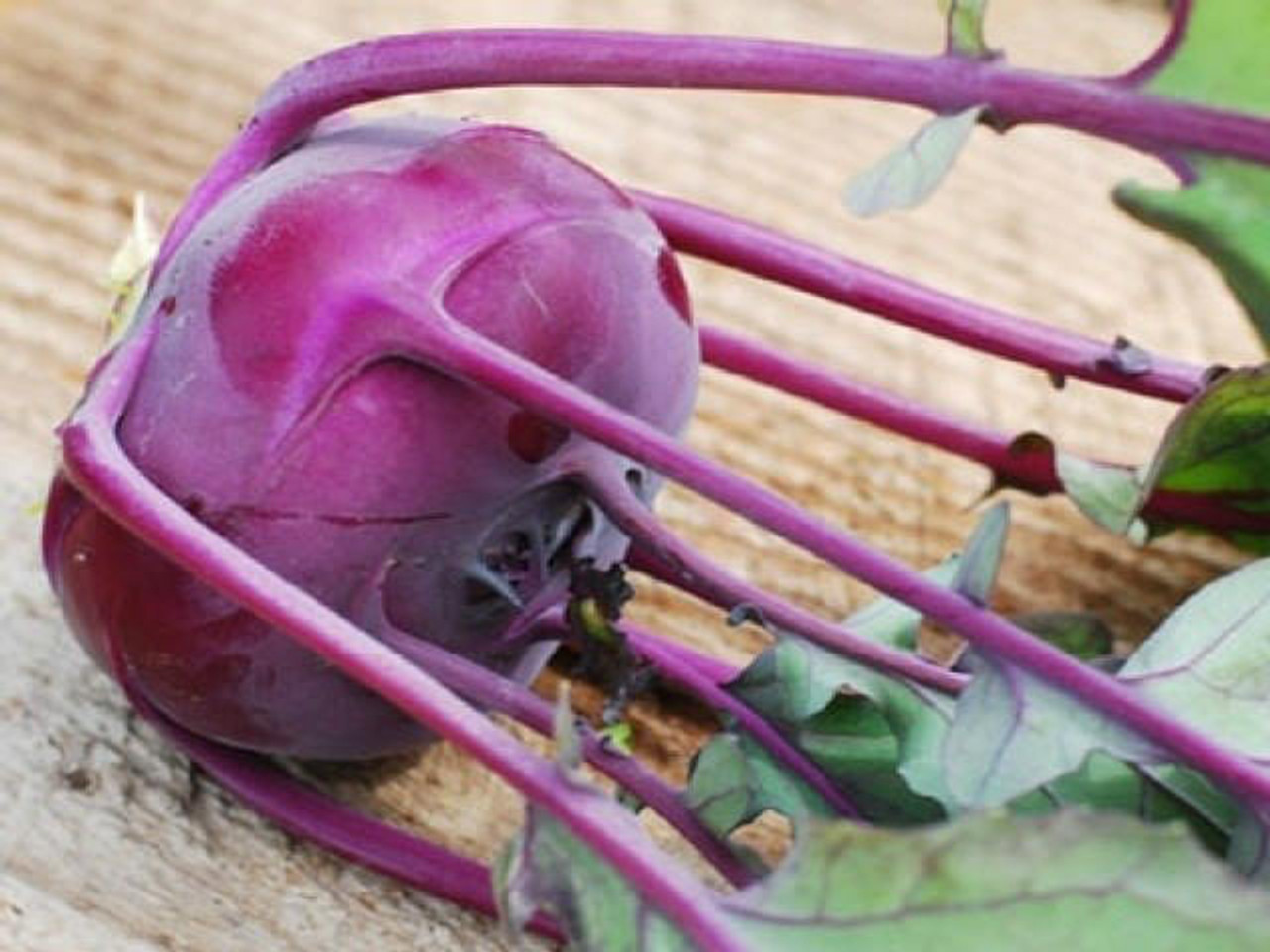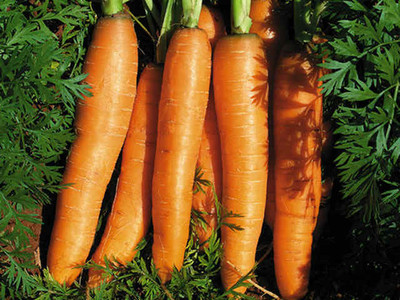What to Grow in the Polytunnel in Winter

We had a number of questions recently on polytunnel growing: particularly whether polytunnels are worth the investment and whether it is true that they enable year-round growing, so I figured I might as well give a quick overview this week.

I am very enthusiastic about covered growing spaces because my tunnel is such a key part of my garden. I use a polytunnel rather than a greenhouse because, in the cool North West, I need as much indoor growing space as I can get and a large greenhouse would be prohibitively expensive. For that reason, I can't give first hand advice on greenhouses - but most of the following applies to both.

3 Key Advantages of Polytunnels
I might be wrong but I think most people see growing warm climate crops like tomatoes or peppers as the key advantage of a greenhouse or polytunnel, followed perhaps by the ability to grow crops all year round. In my experience, the ability to grow crops for 12 months of the year tends to be overestimated while the overall usefulness of a polytunnel, particularly for seedling production, can often be overlooked. For what it's worth here's my opinion on what I see as the 3 key advantages to indoor growing:

1 - Growing Warm Climate Crops
For many growers in a cool, temperate climate like ours, it is not possible to grow heat loving plants like tomatoes, peppers or climbing cucumbers outside. The summer season simply isn't sufficiently warm for a long enough period of time. For tender plants, the growing season is the time between the last and first frost date which diminishes the further North you travel. This year my last frost was mid to late May, with cold expected to return from early October. This gives just over 4 months where tomatoes can survive outside and maybe 6-8 weeks of good tomato growing conditions, which is nowhere near enough.

8ft Wide Polytunnels
View ProductA greenhouse or tunnel allows you start earlier and finish later, thus extending the growing season - but it also means tender crops grow in higher temperatures and are protected from wind and rain for their full lifecycle. As far as the tomatoes and their mates are concerned, you have moved to the south of France and taken them with you.

Apart from the well known greenhouse or polytunnel crops, there are also a number of borderline vegetables that may or may not do well in your garden depending on how good the summer turns out to be.
I would be very lucky to grow sweetcorn or French beans outside, yet the crops I grow in the tunnel are absolutely superb: far better than they would be in even the most optimistic outdoor summer. I have been harvesting French beans, for example, since June and, with a second sowing just starting to crop, will be picking up to October. If you are thinking of investing in a tunnel, don't underestimate this point. You may suddenly become an ace grower of crops that have given you disappointing yields outdoors for years.

2 - Winter Growing & Extending the Season
While winter growing is 'totally a thing' (as my daughter would say), it can be misunderstood to mean that summer crops can be grown undercover in winter which is certainly not the case. Winter in a polytunnel or greenhouse is more about protection from the elements than an increase in temperature (though it can get warm on a sunny day) so it is still only cold tolerant crops that grow (very slowly) in the middle of winter. We need to remember that available light plays a big part in cold season growth, this is both light intensity and daylight hours, both of which will be very low from November to January.
Winter harvesting is more about sowing and planting in August and September to have crops large enough to pick over winter, this predominantly includes leafy crops like Asian salads (huge selection), lettuce or chard. Despite slow growth you can reap a very welcome and valuable supply of greens through the three coldest months.

Extending the season is where is all gets very exciting in terms of how late you can produce a crop and how early you can get started. The photo above is of autumn sown Broccoli Calabrese taken on February the 11th this year. It's already starting to produce a head, and it continued producing side shoots up to the end of March. This method of straddling the winter by planting seedlings in October for early harvests is very effective. It gives you proper size vegetables like broccoli, beetroot, kohl rabi, or spring cabbage when there isn't a chance of anything outside.

Garlic is another outdoor crop that does extremely well in the polytunnel. It not only gives an earlier harvest by up to 4 weeks, but will also produce much larger bulbs. Garlic planted indoors in October sprouts quickly and is able to grow over winter. When planted outside, cloves may not be seen above ground until the spring. This image is of garlic taken on April 26th, showing plants that are nearly a third larger than the outdoor crop on the same date.

12ft Wide Polytunnels
View ProductA polytunnel will also add another 4-6 weeks to the tail end of the season, so it enables later sowing and harvests before the cold mid-winter period. Another 2-3 months (add 4-6 weeks in Autumn and Spring) of productive growing time makes a huge difference, especially for Northern gardens like mine with a relatively short season. Being able to grow until the end of October and make an early start in February gives 9 months of productive time. It's not quite a full year as is often claimed but, if you have plenty of cold tolerant leafy greens in place, you will be harvesting something (if not actually growing) every day of the year.

3 - Nursery/Production Area
I think the most overlooked advantage of a greenhouse or polytunnel is its role as a propagation area. Yes, you can start seeds off on a bright windowsill but - as light is so important to developing seedlings - an unshaded glass or poly covered space is much better.
The main difficulties in starting seeds off early in the season is lack of heat and light. Heat is easily solved with a heat mat or propagator, but getting sufficient natural light is more tricky due to the low light intensity and shorter day length already mentioned. A well situated polytunnel or greenhouse will receive on average 60% more light than the brightest windowsill simply because it receives sunlight for the full day whereas, unless you can turn your house around, a windowsill has to be in shade 50% of the time.

A covered seedling propagation area becomes the engine room for both the polytunnel and the outdoor garden. It allows you to keep a steady flow of well developed seedlings to keep you garden productive all year round. If you are considering investing in a covered structure, make sure you factor in space for a propagation bench and an area for seedlings to grow on before being planted out. For that reason, and bearing in mind that you will likely want to expand once you get the hang of indoor growing, I would always go for the largest structure your garden or budget will allow.

Bio Green Jumbo Propagator
View ProductAgain, because I live in a damp climate, I also use the polytunnel for a lot of other jobs like drying garlic, shallots or onions before stringing them into bunches or drying potatoes before they go into bags. It's also a very pleasant work space in the winter for maintaining tools, potting on or (if the sun comes out) just sitting in a deckchair and listening to the radio.

Can You Sow Vegetables in the Polytunnel in Winter?
Apart from planting overwintering onion sets or garlic, there really is almost nothing you can sow in November. There are a couple of things you can try like broad beans or early peas sown in trays for planting out in spring (if you have a greenhouse or polytunnel), but I have never found them to be very successful. Unless you have a large garden, I definitely wouldn't bother because you can end up with valuable growing space taken up with a less than optimal crop. In most cases, I feel you are better off waiting until spring when the weather is warming rather than cooling.
If you do have covered growing space, you can sow cold tolerant Asian salad crops like mizuna, rocket or mustard greens. There is a huge variety of these leafy greens to choose from with most of them on the peppery side as regards flavour. It depends what the weather is like, but it is probably best to germinate seeds in a propagator or on a windowsill in the house before planting out in the tunnel beds. As regards growth, again it depends on outside temperatures, but it can be helpful to use a cloche or mini tunnel inside the main tunnel for a double glazing effect and some extra warmth.

You can also sow early carrots in a tunnel which will do well if the winter is mild but will struggle if its cold. I will confess that I have never tried this in November but have done a late January sowing with great success, I may put in a few seeds this weekend and see what happens.
As with the other overwinter sowings, space is the deciding factor, especially in a polytunnel, as you don't want space taken up with carrots when you need to get something else going. If all goes well, you can get a crop of decent size baby carrots before you need the space for tomatoes etc... but you won't have time for a full size crop. The variety you sow must be an early one e.g. Amsterdam Forcing as they will be less likely to bolt.

Carrot Early Nantes
View ProductWhat to sow in the polytunnel in Autumn
Apart from the harvesting of existing crops (in my case: sweet peppers, chili peppers, tomatoes, squash, courgette, lettuce and French beans) there is still plenty to sow in the polytunnel in Autumn, either for winter harvests or for crops next spring. Here's a quick run down of what I will be doing over the next 6-8 weeks to prepare for the next part of the growing season:

Annual spinach - can be sown up until mid September. I find the 3rd week of August best to get decent size plants to stand for the winter. Oriental spinach (e.g. Mikado) is very good for late sowings.
Asian salads - Asian leaves offer a vast range of cold tolerant salad crops which form the backbone of the mid winter polytunnel. They provide a mix of flavours from peppery (Osaka, leaf mustard, rocket) to mild (red or green mizuna), but also crisp and juicy like pak choi or Chinese cabbage. Sow from late August to early October.

Oriental Salad, Pak Choi 'Joi Choi F1'
View ProductChard and perpetual spinach - Chard or perpetual spinach sown now will produce a good size leafy plant that will produce new leaves until November. It can be picked over winter and will shoot off again in February. If you like the flavour of chard this is a fantastic indoor winter crop. Sow late August.
Lettuce - There are particular varieties that survive cold better than others, but in my climate I find most lettuce will stand well over winter. If you have a cold spell you can always cover them with fleece. Sow until mid August for decent size plants before growth almost stops in November.

Kohl Rabi - An outdoor vegetable in summer, but it does very well in the polytunnel from an August sowing. It can also be sown as early as late January for early spring crops.
Florence fennel - An early August sowing works best for me to get some good size bulbs before November, but in milder areas fennel does overwinter well. It does suffer from frost so (like lettuce), cover with fleece on cold nights. For milder areas you can sow up to early September.

Kohl Rabi 'Delicacy purple'
View ProductSpring Cabbage - Spring cabbages are best sown before the end of August and planted out in the polytunnel in late September, for harvests from late February to mid April.
Beetroot - For an early spring crop, beetroot is best sown in early August - but it can also be sown as early as February for spring harvests.

Winter radish - Winter radishes can be a real treat, especially the white mooli varieties: they are sweet and juicy and are ideal late season crops in the polytunnel. Sow in mid August for good roots over winter.
Turnip - A fast growing variety like Tokyo Cross which will produce lovely smooth golf ball size roots when sown in mid August, they can also be sown as early as late January next season.

Asian Turnip Tokyo Cross
View ProductCalabrese - Preferably sow in early August for planting in September. Plants will stand for the winter and start to produce heads in February.
Garlic - Plant cloves in October for harvest the following June.
Peas - Early peas can be sown in October if you can afford the space the following spring. They are harvested in April and May.

Early carrots - Carrots can be sown in October and November or in January and February next year for an early polytunnel crop. I usually sow in late January, and had a very good crop in early June this year. I will try an October sowing this year and let you know how I get on.
Broad beans - For an extra early crop if you have the space, sow in November or December in trays and plant out 3-4 weeks later. Harvest in April and May.
OK, that's about it for today, I will see you next week!
Andrew



